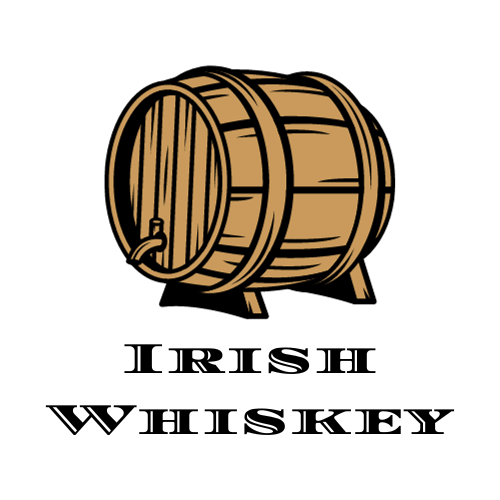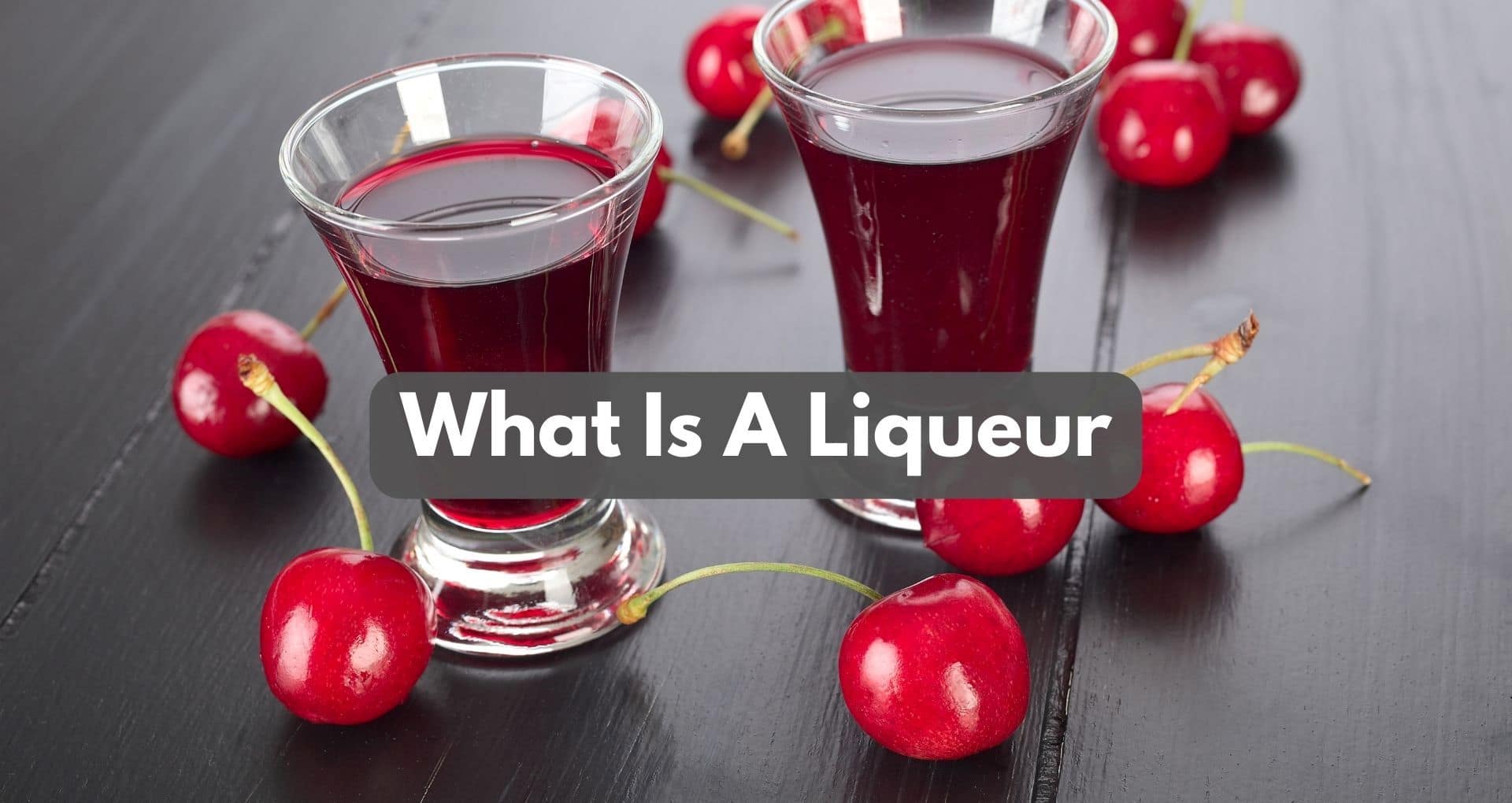If you’ve ever wondered what exactly a liqueur is, you’re in the right place. This article will provide you with a clear definition and highlight the key characteristics of liqueurs.
Understanding their composition and distinctive features will help you appreciate and enjoy these delicious and versatile beverages. So, let’s dive in and explore the world of liqueurs together!
Definition of Liqueur
Legal definition
A liqueur can be legally defined as a sweetened alcoholic beverage that is flavored with various ingredients such as fruits, herbs, nuts, or chocolate. Liqueurs typically have a lower alcohol content than spirits, with most falling between 15% and 30% ABV (Alcohol by Volume). They are distinct from distilled spirits due to their added sugar content, which provides the characteristic sweetness found in liqueurs.
Scientific definition
From a scientific perspective, a liqueur can be defined as a solution of alcohol, water, sugar, and flavoring agents. It is produced by blending a base spirit with various ingredients to create a unique and enjoyable taste experience. The sweetening agents are responsible for balancing the flavors and enhancing the overall sweetness. Additionally, coloring agents may be added to enhance the visual appeal of the liqueur.
Origins of Liqueurs
Historical background
Early use of liqueurs in ancient civilizations
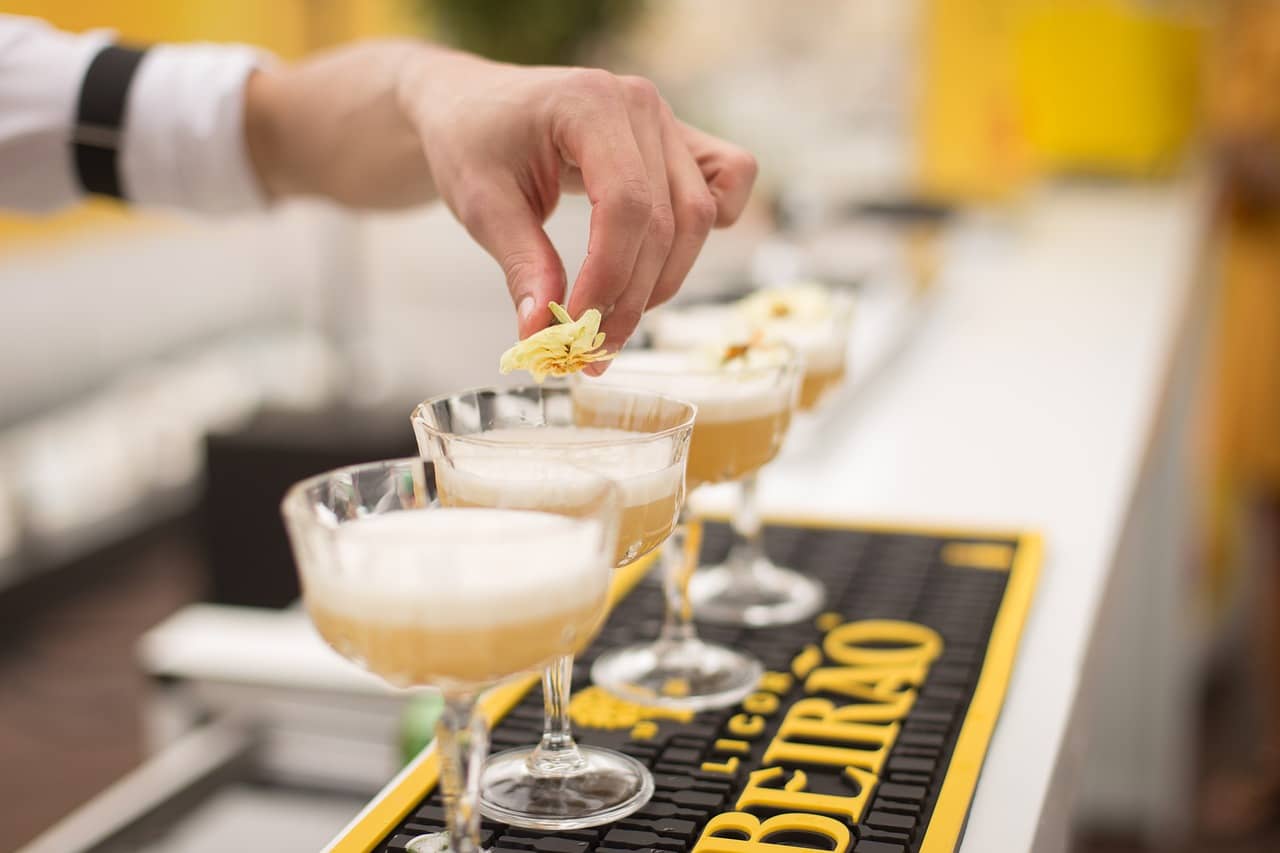
This image is property of pixabay.com.
Liqueur Production Process
Base spirit selection
The production process of liqueurs starts with the selection of a base spirit. This can range from neutral spirits like vodka to brandy, rum, or whiskey. The choice of base spirit contributes to the character and flavor profile of the final liqueur.
Flavoring ingredients
After the base spirit is chosen, flavoring ingredients are added. These may include fruits, herbs, spices, nuts, or chocolate. The selection and combination of these ingredients play a crucial role in defining the taste and aroma of the liqueur.
Sweetening agents
To achieve the desired level of sweetness, liqueurs require the addition of sweetening agents. Common sweeteners include sugar, honey, or syrup. The amount of sweetener added varies depending on the recipe and the desired taste profile.
Coloring agents
Coloring agents may be add to liqueurs to enhance their visual appeal. These can range from natural ingredients like fruits or spices, to artificial food colorings. The purpose of coloring agents is to create an attractive hue that complements the flavor and overall experience of the liqueur.
Maturation and aging process
Some liqueurs undergo a maturation and aging process to enhance their flavors. This involves storing the liqueur in barrels or tanks for a certain period, allowing the flavors to meld and develop. The length of maturation can vary from a few weeks to several years, depending on the desired outcome.
Types of Liqueurs
Fruit liqueurs
Fruit liqueurs are make by infusing or macerating various fruits in alcohol. The result is a sweet and flavorful liqueur with the essence of the chosen fruit. Examples of fruit liqueurs include cherry liqueur, raspberry liqueur, or peach liqueur. These liqueurs are often use in cocktails or enjoy on their own as a dessert liqueur.
Cream liqueurs
Cream liqueurs are a delicious combination of alcohol and dairy cream. A popular example is Baileys Irish Cream, which blends Irish whiskey and cream with a touch of chocolate. Cream liqueurs are often enjoyed over ice or used in cocktails. They add richness and creaminess to drinks, making them a favorite choice for those with a sweet tooth.
Herbal liqueurs
Herbal liqueurs are making by infusing various herbs and botanicals in alcohol. These liqueurs often have a complex flavor profile, with notes of herbs, spices, and bitterness. Examples of herbal liqueurs include Chartreuse and Jägermeister. They are often enjoyable as digestifs or use in cocktails that call for a distinctive herbal kick.
Nut liqueurs
Nut liqueurs are made by infusing or macerating nuts in alcohol. Popular examples include Amaretto, made from almonds, and Frangelico, made from hazelnuts. Nut liqueurs have a rich and nutty flavor profile that adds depth to cocktails and desserts.
Chocolate liqueurs
Chocolate liqueurs are a decadent treat for chocolate lovers. These liqueurs are typically made by blending chocolate with alcohol and sugar. They can be enjoyed on their own as a dessert liqueur or used to add a luscious touch to cocktails. Examples of chocolate liqueurs include Godiva Chocolate Liqueur and Creme de Cacao.
Also Check: What Is Grappa Made From (Ingredients)
Characteristics of Liqueurs
Alcohol content
Liqueurs generally have an alcohol content ranging from 15% to 30% Alcohol by Volume (ABV). However, some liqueurs may have higher or lower alcohol percentages, depending on their intended use and flavor profile. The alcohol content contributes to the overall character and balance of the liqueur.
Sweetness level
The sweetness level of a liqueur is a defining characteristic. Some liqueurs are very sweet, while others may have a more balanced sweetness. The choice of sweetening agents and the amount used determines the level of sweetness in the final product.
Flavor profiles
Liqueurs come in a wide range of flavor profiles, ranging from fruity and sweet to herbal and bitter. The flavor profile is determined by the combination of base spirit, flavoring ingredients, and sweeteners. This diversity allows individuals to find a liqueur that suits their personal taste preferences.
Viscosity and consistency
Liqueurs can vary in viscosity and consistency, with some being thick and syrupy, while others are lighter and more fluid. The viscosity is influence by factors such as the ingredients used, the amount of sugar present, and the maturation process. The thickness or viscosity can affect how the liqueur coats the palate and enhances the overall tasting experience.
Aromas and scents
Liqueurs offer a diverse range of aromas and scents that are derive from the infused or macerated ingredients. The fragrance of a liqueur can be reminiscent of the fruits, herbs, nuts, or chocolate that were use during production. These aromas add to the sensory experience and can enhance the enjoyment of the liqueur.
Popular Liqueur Brands
Baileys Irish Cream
Baileys Irish Cream is a renowned cream liqueur that combines Irish whiskey, cream, and hints of chocolate. It has a smooth and velvety texture and is internationally recognized for its indulgent flavor. Baileys is often enjoyed over ice or used as an ingredient in cocktails and desserts.
Grand Marnier
Grand Marnier is a well-known orange-flavored liqueur that blends cognac with distilled bitter orange essence. This liqueur has a vibrant flavor profile with a harmonious balance of sweetness and bitter orange notes. Grand Marnier is commonly used in classic cocktails such as the Margarita and the Sidecar.
Campari
Campari is an iconic Italian liqueur with a distinctive bright red hue. It is made using a secret blend of herbs and spices, resulting in a bitter and complex flavor. Campari is often use as the key ingredient in classic cocktails like the Negroni and the Americano. Its unique taste adds depth and intrigue to mixed drinks.
Amaretto Disaronno
Kahlua
Kahlua is a coffee liqueur make from a blend of rum, coffee beans, sugar, and vanilla. This rich and smooth liqueur has a pronounced coffee flavor with hints of caramel and chocolate. Kahlua is a staple ingredient in many famous cocktails such as the White Russian and the Espresso Martini.
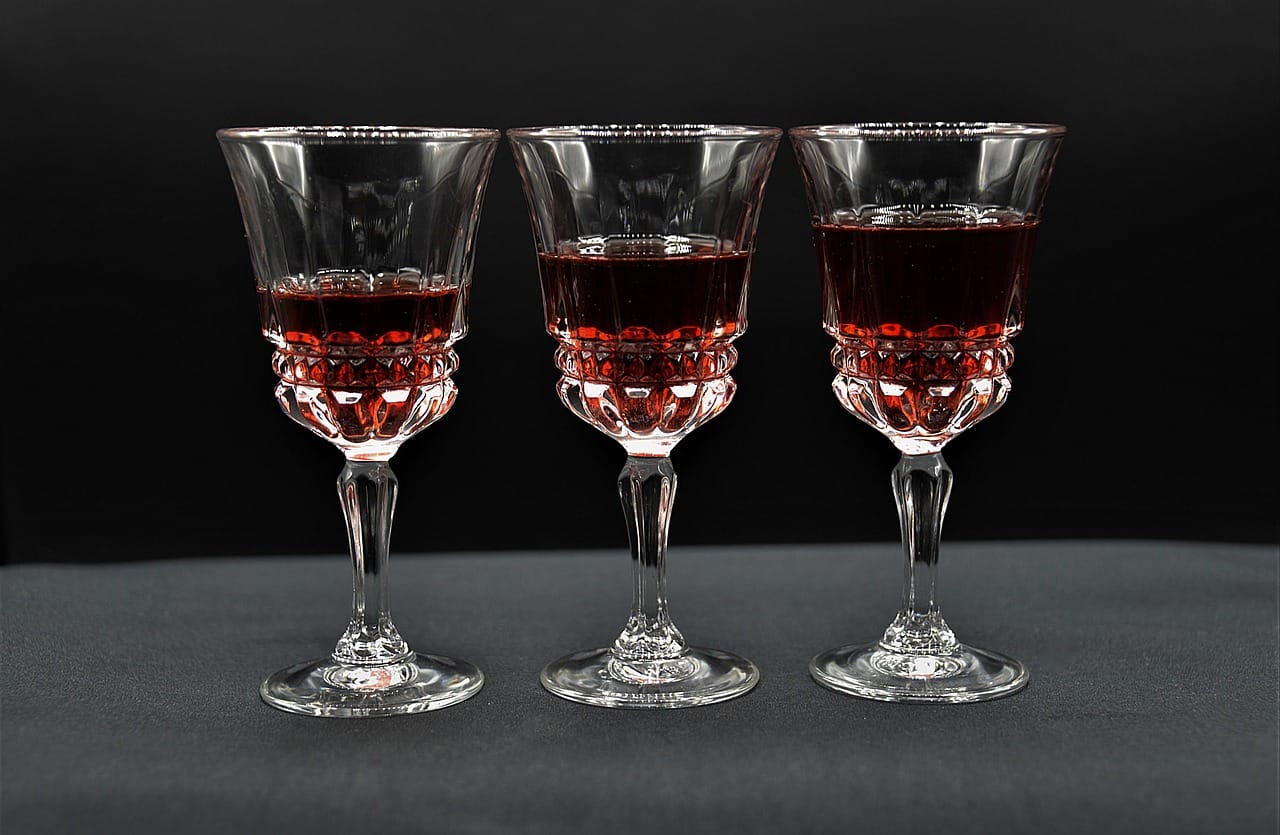
This image is property of pixabay.com.
Liqueurs in Bartending and Mixology
Popular liqueur-based cocktails
Liqueurs are versatile ingredients in bartending and mixology, adding depth, complexity, and sweetness to cocktails. Some popular liqueur-based cocktails include the Margarita (featuring Grand Marnier), the White Russian (featuring Kahlua), and the Amaretto Sour (featuring Amaretto Disaronno). These cocktails showcase the unique flavors and characteristics of liqueurs.
Mixing and layering techniques
Bartenders and mixologists often employ mixing and layering techniques when working with liqueurs. Mixing involves combining different liqueurs and other ingredients to create well-balanced and harmonious flavors. Layering, on the other hand, involves carefully pouring liqueurs of different densities to create visually appealing layered cocktails.
Liqueurs as essential ingredients in classic cocktails
Liqueurs play a vital role as essential ingredients in classic cocktails. They add complexity, sweetness, and unique flavors that enhance the overall taste experience. Classics such as the Manhattan (featuring vermouth), the Mai Tai (featuring orange liqueur), and the Sazerac (featuring absinthe) owe their distinctive flavors to the inclusion of liqueurs.
Pairing Liqueurs with Food
Dessert and pastry pairings
Savory dishes with liqueur-infused sauces
Liqueurs can also be use to enhance the flavors of savory dishes through the creation of infuse sauces. For example, a savory cream liqueur sauce made with whiskey can be the perfect accompaniment to a grilled steak. Liqueurs can add depth and complexity to sauces, transforming ordinary dishes into culinary delights.
Cheese and liqueur combinations
Pairing liqueurs with cheese can create a delightful contrast of flavors and textures. The creamy and sweet characteristics of liqueurs such as Amaretto Disaronno pair well with sharp and tangy cheeses like Gorgonzola or Roquefort. The combination of liqueur and cheese creates a harmonious balance of sweet, savory, and salty flavors.
Chocolate and liqueur pairings
Liqueurs and chocolate are a match make in heaven. Chocolate liqueurs can be enjoyable alongside a variety of chocolates, from dark and bitter to milk and white. Additionally, liqueurs like Baileys Irish Cream or Amaretto Disaronno can be use in chocolate-based desserts, adding richness and depth to the cocoa flavors.
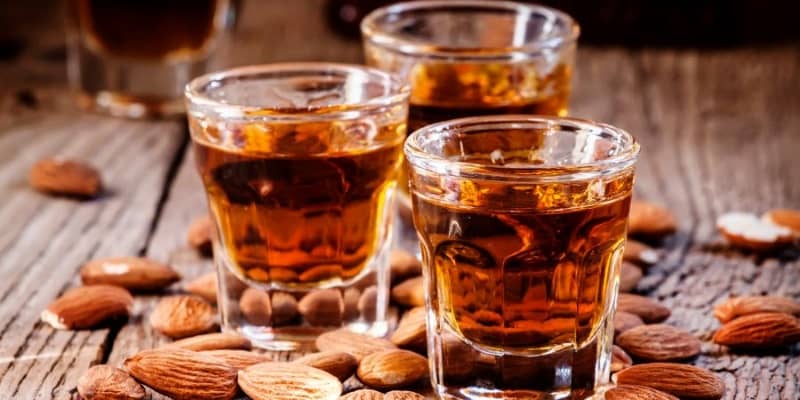
Storing and Serving Liqueurs
Proper storage conditions
Liqueurs should be store in a cool, dry place away from direct sunlight and extreme temperature changes. Proper storage helps maintain the quality and integrity of the liqueur. It is also important to tightly seal the bottle after each use to prevent oxidation and flavor deterioration.
Temperature considerations
Liqueurs are best serve at the appropriate temperature to fully enjoy their flavors. While some liqueurs are best serve chill, others are enjoyable at room temperature. It is essential to follow the specific serving temperature recommendations for each liqueur to experience its true characteristics.
Glassware and serving suggestions
Best practices for serving liqueurs
To serve liqueurs, it is best to pour them slowly and gently to avoid excessive agitation. Liqueurs should be savor slowly, allowing the flavors to develop and evolve on the palate. It is also recommend to serve liqueurs in smaller quantities, as they are often enjoyable as aperitifs, digestifs, or after-dinner treats.
Conclusion
Liqueurs are a diverse and enjoyable category of alcoholic beverages. They offer a wide range of flavors, aromas, and textures that cater to different taste preferences. From fruit liqueurs to cream liqueurs, herbal liqueurs to nut liqueurs, and chocolate liqueurs, there is a liqueur to suit every occasion and palate. Whether enjoyed on their own, mixed into cocktails, or paired with food, liqueurs provide a delightful sensory experience that truly enhances the enjoyment of alcoholic beverages.
